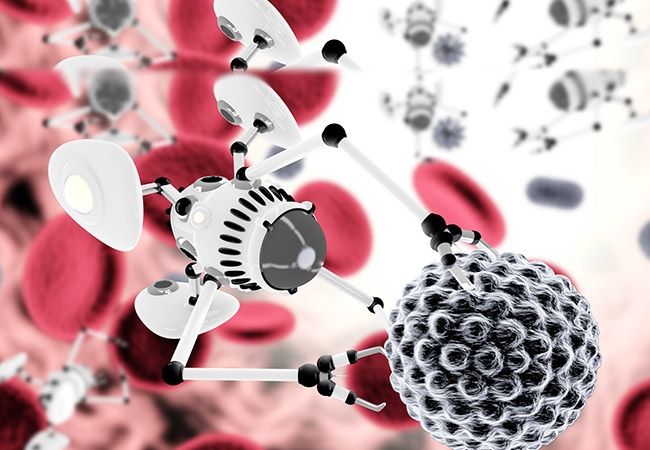
Nanotechnology Applications: From Medicine to Electronics and Beyond
In the realm of scientific innovation, few fields have captured the imagination and potential for groundbreaking change quite like nanotechnology. At the intersection of science, engineering, and technology, nanotechnology deals with materials and structures on the nanometer scale – often at the level of individual atoms and molecules. This remarkable scale grants researchers the power to manipulate matter at its most fundamental level, opening the door to a plethora of applications that span industries and redefine what’s possible.
Nanotechnology in Medicine: Healing at the Molecular Level
One of the most promising domains where nanotechnology is making substantial strides is medicine. Nanomedicine, the application of nanotechnology to healthcare, is revolutionizing diagnostics, treatment, and drug delivery. Imagine personalized cancer treatments that target malignant cells while sparing healthy ones, or diagnostic nanoparticles that detect diseases at an early stage by binding to specific biomarkers.
Nanoparticles, often functionalized with molecules such as antibodies, can be engineered to deliver drugs precisely to their intended sites. This targeted drug delivery reduces side effects and enhances the therapeutic impact of treatments. Moreover, nanoscale materials are being used in advanced imaging techniques like quantum dots and superparamagnetic nanoparticles, enabling more accurate diagnoses and real-time monitoring of diseases.
Electronics on the Nanoscale: Paving the Way for Quantum Computing
Beyond medicine, nanotechnology is transforming the world of electronics. As traditional silicon-based electronics approach their physical limits, nanomaterials are stepping in to revolutionize how we process, store, and transmit information. In particular, the burgeoning field of quantum computing relies heavily on nanotechnology.
Quantum dots, which are nanoscale semiconductor particles, are being explored for their potential to store and process quantum information. These tiny structures exhibit quantum properties that could lead to exponential leaps in computing power. Quantum bits or “qubits,” encoded in the quantum states of these dots, hold the promise of solving complex problems that are currently infeasible for classical computers.
Nanotechnology’s Impact on Energy and Environment
Nanotechnology is also playing a pivotal role in tackling pressing global challenges in energy and the environment. Nanomaterials are enhancing the efficiency of solar panels, making clean energy more accessible and affordable. Nanoparticles are being used to develop more effective catalysts for fuel cells and to store energy at the nanoscale, potentially revolutionizing battery technology.
Furthermore, nanotechnology is enabling innovative approaches to water purification and pollutant remediation. Nanomaterials can be engineered to selectively adsorb contaminants, making water treatment more efficient and environmentally friendly.
Challenges and Ethical Considerations
While the promise of nanotechnology is undeniable, it’s important to address the challenges and ethical considerations that accompany this field. Nanoscale materials may exhibit unexpected behaviors due to their unique properties, requiring thorough safety assessments. As with any transformative technology, careful consideration of the potential environmental and health impacts is crucial.
In conclusion, the applications of nanotechnology are far-reaching and continue to expand. From revolutionizing medicine to powering quantum computers and advancing clean energy solutions, nanotechnology is poised to reshape industries and improve our quality of life. As researchers delve deeper into the nanoscale world, the possibilities are limited only by our imagination and our commitment to responsible innovation.
As nanotechnology continues to evolve, its impact on various fields will undoubtedly leave a lasting mark on the future of science, technology, and society.


















Average Rating